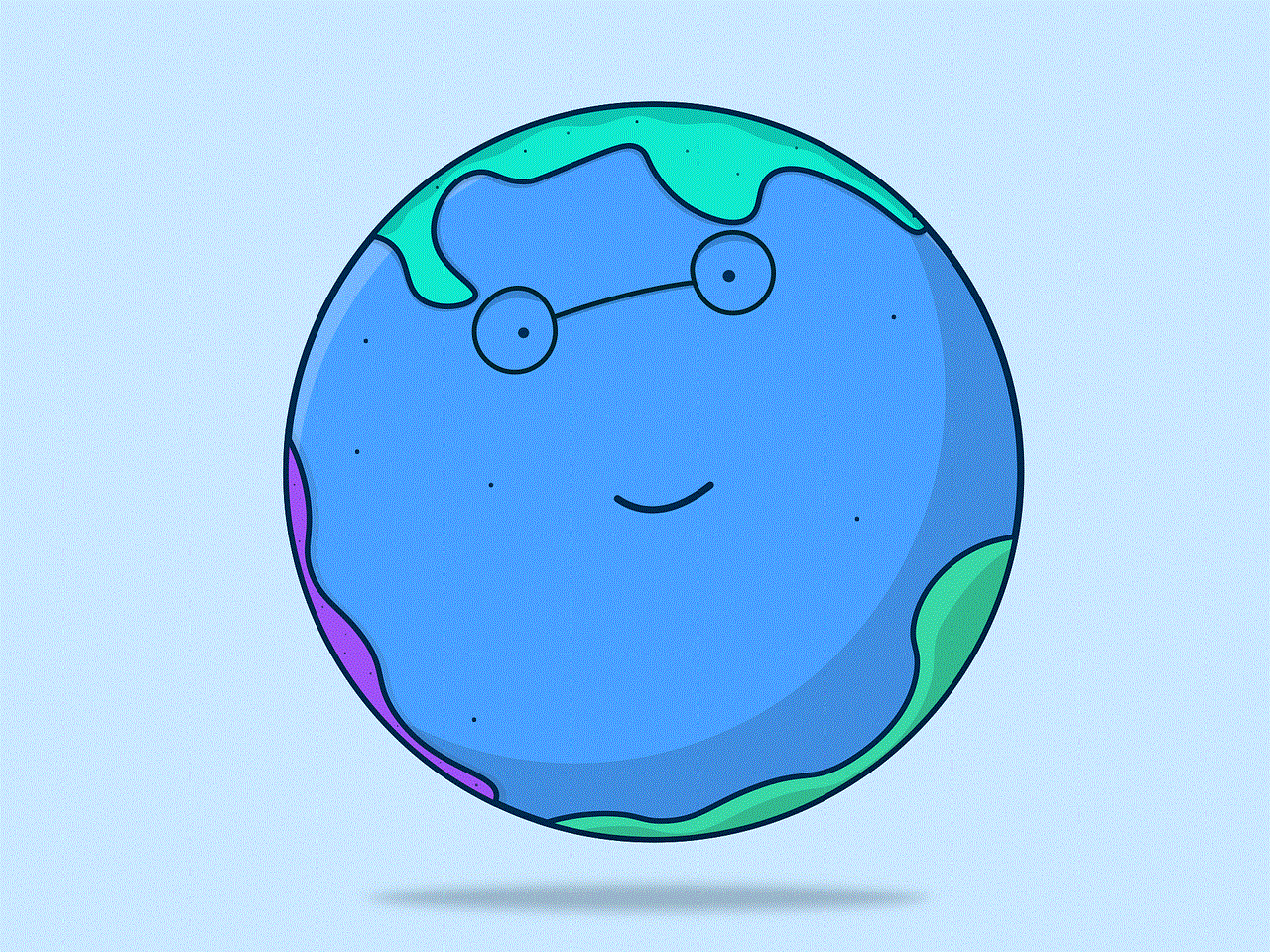opposite of misogynist
# Understanding the Opposite of Misogynist: A Deep Dive into Gender Equality and Advocacy
In contemporary society, the discussions surrounding gender equality are more vital than ever. While misogyny—a term defined as the dislike of, contempt for, or ingrained prejudice against women—continues to influence social structures and individual behaviors, understanding its opposite is crucial for fostering a more equitable world. The term that embodies this opposite is often framed within the context of feminism, gender advocacy, and egalitarianism. This article explores these concepts in-depth, examining their historical roots, current relevance, and future implications.
## Defining Misogyny
To grasp the essence of what constitutes the opposite of misogyny, we first need to define misogyny itself. Misogyny manifests in various forms, from overt discrimination and violence against women to subtle societal norms that devalue female contributions. It can be found in language, media representations, workplace inequality, and even in everyday interactions. The effects of misogyny extend far beyond individual experiences, creating a culture that often marginalizes women’s voices and perspectives.
## The Opposite of Misogyny: Feminism
Feminism stands as a direct counter to misogyny, advocating for the rights and equality of women in all spheres of life. Emerging as a social and political movement in the late 19th century, feminism has evolved through various waves, each addressing different issues and challenges faced by women. The first wave focused on legal inequalities, such as suffrage, while the second wave tackled issues related to sexuality, family, and workplace rights. The third wave introduced intersectionality, recognizing that women experience oppression differently based on race, class, and sexual orientation.
At its core, feminism seeks to dismantle the systems that perpetuate misogyny and promote a society in which all genders can thrive equally. Feminists argue that gender equality is not solely a women’s issue but a human issue that benefits everyone. By challenging patriarchal norms and advocating for women’s rights, feminism seeks to create an inclusive society where all individuals have the opportunity to succeed.
## Gender Advocacy Beyond Feminism
While feminism is a significant aspect of the conversation surrounding the opposite of misogyny, gender advocacy encompasses a broader range of movements and ideologies. Gender advocacy includes the fight for LGBTQ+ rights, promoting male involvement in gender equality, and addressing issues of toxic masculinity. These movements recognize that gender issues are not isolated; they are interconnected and impact people of all genders.
For instance, the concept of toxic masculinity highlights how traditional norms of masculinity can be harmful not only to women but also to men and society as a whole. By challenging these norms, advocates aim to create a healthier understanding of masculinity that allows men to express emotions, seek help, and engage in nurturing behaviors without fear of societal backlash. This approach not only fosters gender equality but also promotes overall mental health and well-being.
## The Role of Education in Promoting Gender Equality
Education plays a crucial role in combating misogyny and promoting its opposite. From an early age, children must learn about gender equality, respect, and empathy. Curricula that include discussions about consent, healthy relationships, and the contributions of women throughout history can help dismantle harmful stereotypes and instill values of equality and respect.
Moreover, educational institutions can serve as platforms for activism. Encouraging students to participate in gender equality initiatives, such as workshops, seminars, and awareness campaigns, can empower them to become advocates for change in their communities. By fostering a culture of respect and inclusivity within schools, we can create a generation that actively opposes misogyny in all its forms.
## Media Representation and Its Impact
Media plays a powerful role in shaping public perceptions of gender. Misogynistic representations in film, television, and advertising can reinforce harmful stereotypes and normalize discrimination. Conversely, positive and diverse representations of women in media can challenge these narratives and promote a more equitable society.
The rise of feminist media critique has led to increased scrutiny of how women are portrayed in popular culture. Initiatives such as the Bechdel Test, which assesses whether a work of fiction features at least two women who talk to each other about something other than a man, highlight the need for more nuanced and complex representations of women. By advocating for diverse storytelling that reflects the realities of women’s lives, media can play a pivotal role in challenging misogyny and promoting gender equality.
## The Intersectionality of Gender Issues
Understanding the opposite of misogyny also involves recognizing the importance of intersectionality. Coined by scholar Kimberlé Crenshaw, intersectionality refers to the ways in which various forms of discrimination—based on gender, race, class, sexual orientation, and other identities—intersect and compound experiences of oppression. For instance, a Black woman may face both sexism and racism, which together create a unique set of challenges that differ from those experienced by either Black men or white women.
Advocating for gender equality requires an understanding of these intersecting identities. Movements that prioritize intersectionality ensure that the voices of marginalized groups are heard and that solutions address the needs of all individuals, not just those who fit into a narrow definition of gender equality. By embracing intersectionality, advocates can create a more inclusive approach to combating misogyny and promoting equity.
## The Role of Men in the Fight Against Misogyny
While the fight against misogyny is often led by women, it is crucial for men to engage actively in this movement. Men can play a significant role in challenging misogyny by examining their own behaviors, speaking out against discrimination, and supporting women’s rights. Initiatives that focus on male allyship encourage men to recognize their privilege and use it to advocate for gender equality.
Programs that educate men about the impact of misogyny and promote healthy masculinity can help create a culture of respect and support. By fostering open dialogues about gender issues and encouraging men to challenge harmful norms, we can build a more equitable society where everyone, regardless of gender, is valued and respected.
## The Future of Gender Equality Advocacy
As we look toward the future, the movement for gender equality continues to evolve. The digital age has provided new platforms for advocacy and awareness, allowing individuals and organizations to reach broader audiences. Social media campaigns, online petitions, and virtual events have mobilized support for gender equality in unprecedented ways.
However, challenges persist. Backlash against gender equality movements, often fueled by misinformation and entrenched societal norms, requires ongoing effort and resilience. Advocates must remain vigilant, employing strategic communication and coalition-building to counteract these trends. The fight against misogyny and for gender equality is a marathon, not a sprint, and it demands sustained commitment from individuals and communities alike.



## Conclusion: A Call to Action
Understanding the opposite of misogyny—embodied in feminism, gender advocacy, and intersectionality—provides a roadmap for creating a more just and equitable society. As individuals, we each have a role to play in challenging misogyny and promoting gender equality. Whether through education, advocacy, or simply by fostering respectful relationships in our daily lives, we can contribute to a cultural shift that values all people equally.
It is imperative to recognize that the fight against misogyny is not just a women’s issue; it is a human issue that affects everyone. By engaging in conversations about gender, supporting policies that promote equality, and challenging discriminatory practices, we can build a future where misogyny is not just opposed but rendered obsolete. The journey toward gender equality is ongoing, and it requires the collective effort of all individuals, regardless of gender, to create a world where everyone can thrive.
microsoft friends and family
# microsoft -parental-controls-guide”>Microsoft Friends and Family: A Comprehensive Overview
In today’s interconnected world, the concept of family and friends extends beyond the traditional boundaries of home and community. With technological advancements reshaping how we communicate and collaborate, the idea of “Microsoft Friends and Family” emerges as a significant aspect of the digital landscape. This article explores the various facets of Microsoft’s offerings that enhance collaboration among friends and family, the implications of these tools, and how they can foster closer relationships in an increasingly virtual world.
## The Evolution of Communication
The way we communicate has evolved significantly over the last few decades. From handwritten letters to instant messaging, technology has played a pivotal role in bridging gaps between individuals. Microsoft has recognized this shift and has developed a suite of tools and services designed to enhance connectivity among friends and family. Whether through platforms like Microsoft Teams, Skype, or even the Office suite, Microsoft has positioned itself at the forefront of digital communication.
## Microsoft Teams: A Hub for Connection
One of the most significant tools in Microsoft’s arsenal is Microsoft Teams. Initially designed for business communication, Teams has evolved into a versatile platform that can also serve personal connections. Friends and family can create dedicated channels for sharing updates, planning events, or even hosting virtual gatherings. The platform’s features, such as video conferencing, chat, and file sharing, make it an ideal space for maintaining relationships, especially for those who may be geographically separated.
## Virtual Gatherings: Bringing Everyone Together
The COVID-19 pandemic has underscored the importance of virtual gatherings in maintaining relationships. With lockdowns and social distancing measures in place, many turned to platforms like Microsoft Teams and Skype to connect with loved ones. Video calls became a lifeline for families separated by distance, allowing them to celebrate birthdays, weddings, and holidays together, albeit virtually. Microsoft’s commitment to enhancing these experiences has made it easier for users to create shared memories, regardless of physical proximity.
## Shared Experiences with Microsoft 365
Microsoft 365 offers a comprehensive suite of tools that can enhance shared experiences among friends and family. Applications like Word, Excel, and PowerPoint allow users to collaborate on projects, share important documents, and even create fun presentations for family events. The cloud-based nature of these applications means that multiple users can work together in real time, regardless of their location. This functionality fosters teamwork and collaboration, whether planning a family reunion or working on a school project.



## The Power of OneDrive
OneDrive, Microsoft’s cloud storage solution, plays a crucial role in facilitating shared experiences among friends and family. Users can upload photos, videos, and important documents to OneDrive and share them with loved ones. This feature is particularly beneficial for families looking to preserve memories, as they can create shared folders for vacations, holidays, or special events. The ability to access these files from any device ensures that cherished moments are never lost, fostering a sense of belonging and connection.
## Gaming and Family Entertainment
Microsoft has also made significant contributions to the gaming industry, particularly with its Xbox platform. Gaming has become a popular social activity that brings friends and families together, even if they are miles apart. Xbox Live allows users to connect with friends for multiplayer gaming experiences, and services like Xbox Game Pass offer a vast library of games that can be enjoyed together. The social aspect of gaming enables families to bond over shared interests, creating lasting memories in a digital environment.
## The Importance of Digital Literacy
As technology continues to advance, digital literacy becomes increasingly important for families. Understanding how to navigate Microsoft’s suite of tools is essential for maximizing their potential. Microsoft offers various resources, including tutorials and online courses, to help users become proficient in their applications. By fostering digital literacy within families, Microsoft empowers individuals to leverage technology for improved communication, collaboration, and connection.
## Security and Privacy Considerations
While the benefits of Microsoft’s tools for friends and family are substantial, it is essential to address security and privacy considerations. As families share personal information and memories online, protecting that data becomes paramount. Microsoft has implemented robust security measures across its platforms, including encryption and two-factor authentication, to safeguard users’ information. Educating family members about best practices for online safety is crucial to ensuring a secure digital environment.
## Building Stronger Relationships
Ultimately, the goal of Microsoft’s tools is to help users build stronger relationships with their friends and family. By providing platforms for communication, collaboration, and shared experiences, Microsoft enables individuals to connect in meaningful ways. Whether through a spontaneous video call, a collaborative document, or a shared gaming experience, the opportunities for fostering closer bonds are endless. In a world where physical interactions may be limited, Microsoft’s offerings serve as a vital resource for maintaining relationships.
## The Future of Microsoft Friends and Family
Looking ahead, the potential for Microsoft to enhance the concept of Friends and Family is vast. As technology continues to evolve, we can expect to see even more innovative features and tools designed to bring people closer together. From augmented reality experiences to enhanced collaboration features, Microsoft is poised to lead the charge in redefining how we connect with our loved ones. The company’s commitment to user feedback and continuous improvement ensures that its tools will evolve to meet the changing needs of families and friends in an increasingly digital world.
## Conclusion



In conclusion, Microsoft Friends and Family represents a multifaceted approach to enhancing personal connections in the digital age. Through its suite of tools, including Microsoft Teams, OneDrive, and Xbox, Microsoft has created an ecosystem that fosters communication, collaboration, and shared experiences. As technology continues to advance, the importance of these tools will only grow, making it essential for individuals and families to embrace digital literacy and security. By leveraging Microsoft’s offerings, friends and families can strengthen their bonds and create lasting memories, no matter where they are in the world.